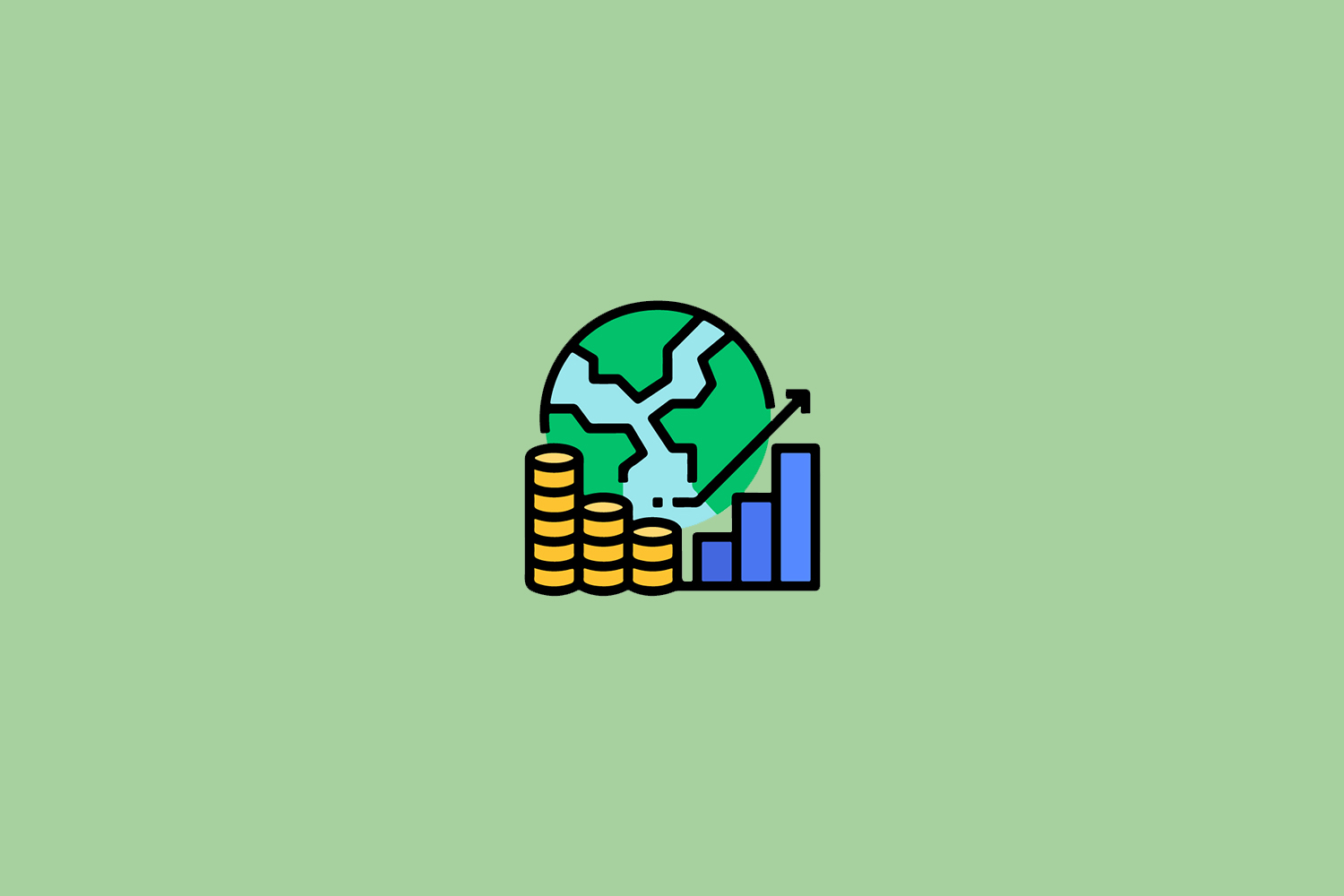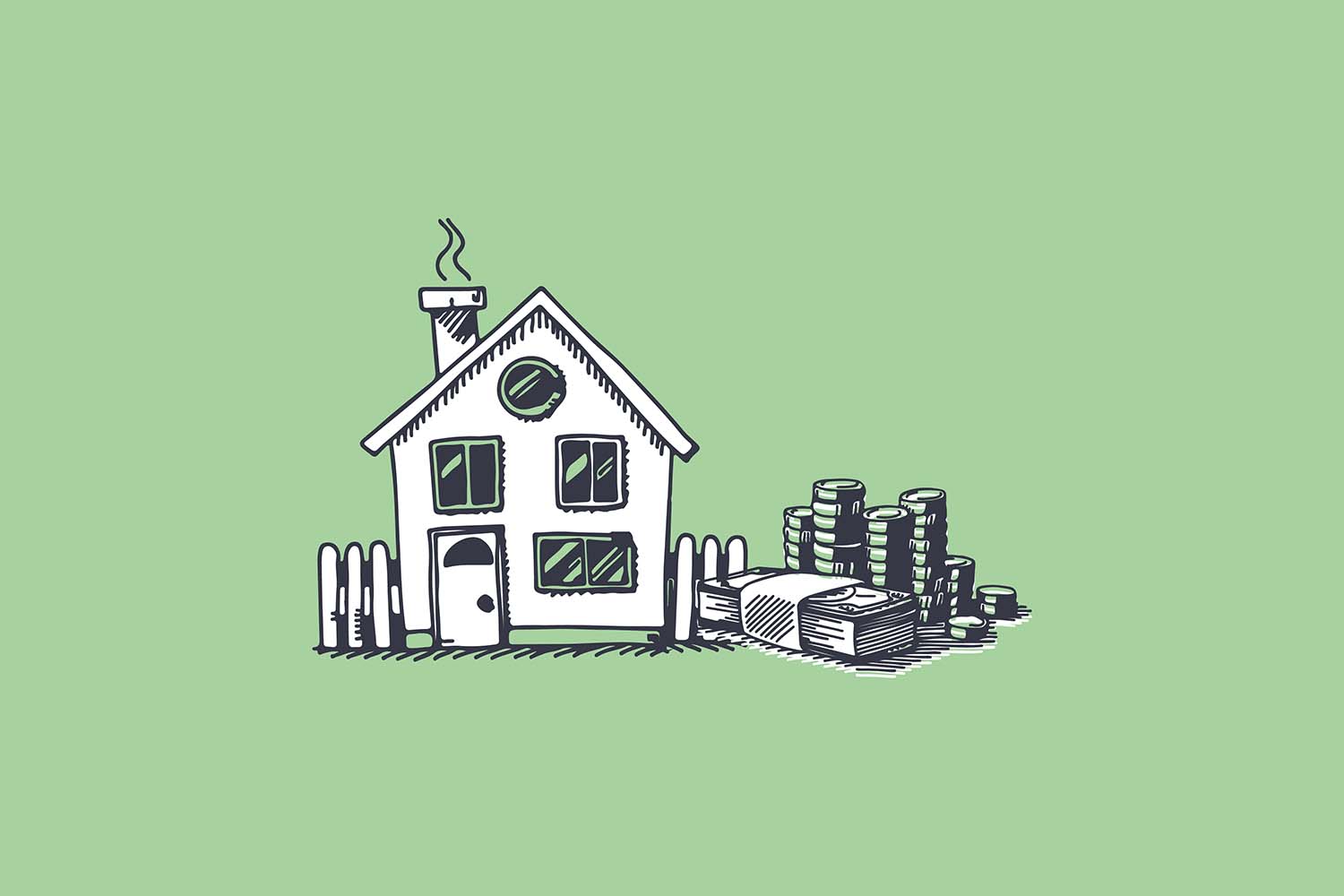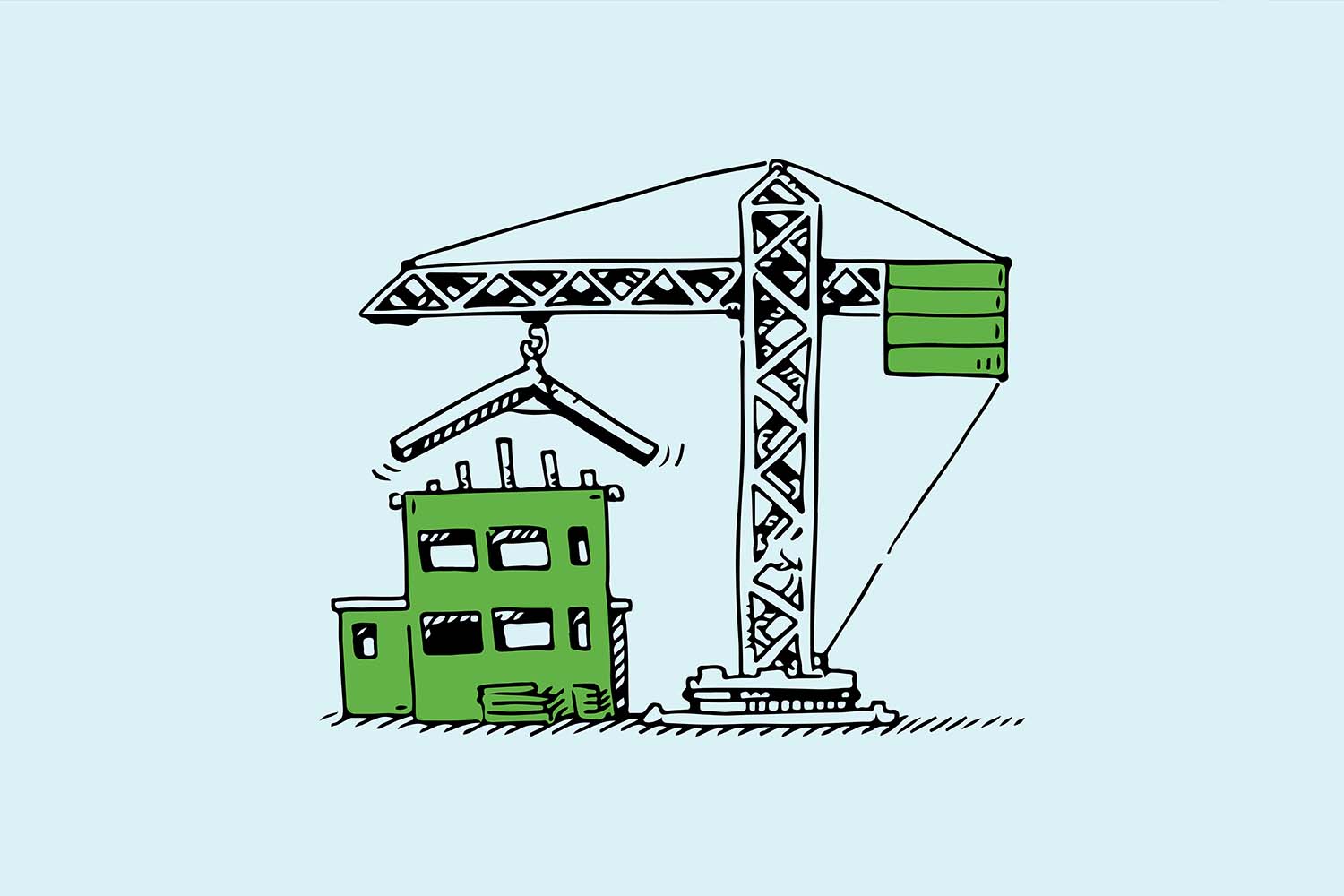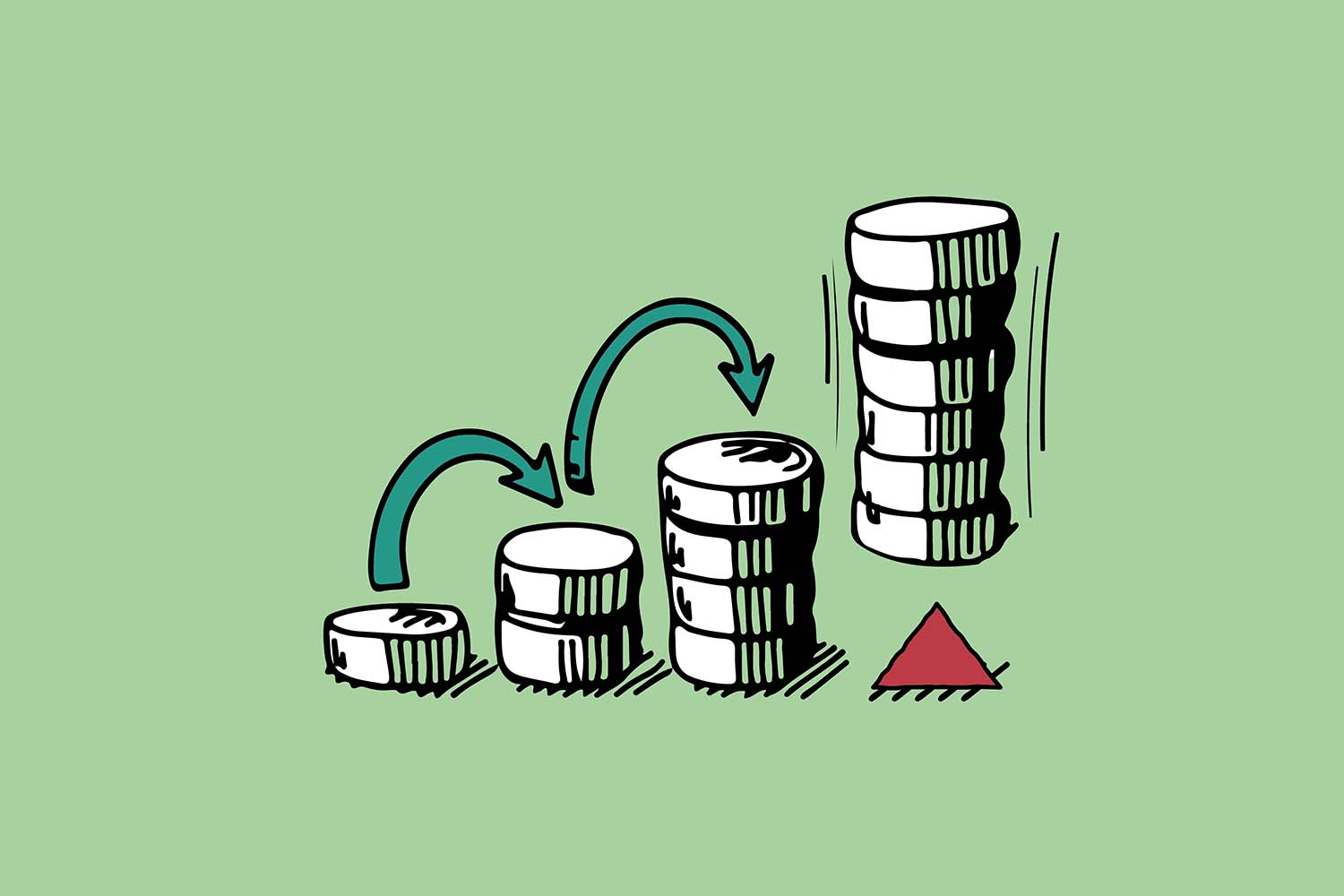The Story
The International Monetary Fund (IMF) at the beginning of the second quarter of the year announced an upward revision of its forecast of world economic growth. Growth projections for the world was revised from 5.5% at the beginning of 2021 to 6% in April 2021. The IMF made these projections based on aggressive vaccination and the massive fiscal stimulus packages of governments of developed economies in Q1 2021. Given these projections, we'll like to look into what to expect in the global economy in Q3 2021 and for the rest of the year.
Developed Economies
Economies around the world were hard hit by the pandemic. After a prolonged period of lock downs and economic closure, vaccination is reviving economies. The US and UK have been at the forefront of aggressive vaccinations to put an end to the pandemic and get their economies back on track. The US in Q1 2021, recorded a Gross Domestic Product (GDP) growth rate of 6.4%, the UK's economy however contracted by 1.5% as the country imposed a lockdown in first 3 months of 2021. The country's GDP is projected to grow at a rate of 5.3% in 2021. The GDP of countries in the EU also contracted by 0.3% in the first quarter of 2021.
The IMF's growth projection is based on the influence the US has on the global economy. The country in Q1 2021 implemented a stimulus package of $1.9trn for its citizens, this together with the Federal Reserve's (Fed) loose monetary policy stance spurred consumer spending and raised inflation to 5% in Q2 2021. The Fed despite rising inflation has decided to maintain its loose monetary stance till employment numbers pick up. The government's fiscal stimulus is impacting unemployment negatively, businesses are struggling to fill positions as recipients of the stimulus are not willing to return to work. Unemployment benefits and stimulus will start to expire in June and July for most states of the US and September for the entire country. Schools are also expected to open in September 2021. Expectations are that employment numbers will start to improve from September.
Going into Q3 2021, TGIC research expects significant growth in the US economy given reduced virus fears and the opening of the service sector which accounts for over 70% of the US economy. A breakdown of retail sales in May 2021 shows growth in consumer spending in restaurant and bars. The number of seated diners and traffic congestions in parts of the US reached or exceeded their pre-pandemic levels in late May.
Europe after a slow-paced vaccination is on the path to recovery. Like the US, its service economy is also opening up. Europe in the thick of the pandemic deployed a furlough scheme (a paid leave of absence from work) to help its citizens retain their jobs. This helped to improve household savings during the pandemic. Increased vaccination in Europe has reduced the need to save and improved consumption. The industrial sector in Europe is also set to receive a boost as the opening of other economies around the world would increase European export demands. Increased demand would lead to a rise in capital expenditure as capacity utilization is back to pre-pandemic levels.
All of these we expect will give a boost of the world economy in Q3 2021 given the influence these economies have on the global economy. A 4th wave of the corona virus and the tighten of monetary policy tools before economies attain pre-pandemic employment levels remains a threat to the expected economic boom.
Emerging Markets
Economic data from emerging economies show China had the highest GDP growth in Q1 2021. GDP in China rose by 18.3% on a year-on-year basis in Q1 2021 but grew sluggishly by 0.6% quarter-on-quarter. China was the first to open its economy after the pandemic hit. While the rest of the world was locked down, China was the world's manufacturing hub for personal protective equipment and work from home gears. This was a major boost to the country's export, statistics from Eurostats shows China overtook the US to become Europe's biggest trade partner in 2020. Data is however starting to show weakness in export growth, with vaccination in top gear and opening of other economies, competition will return to the export market and China may not be able to repeat the kind of growth it achieved in 2020 in 2021.
For most emerging economies, handling the pandemic has been a struggle. Unlike the developed countries, vaccination roll out is slow and there is the challenge of the hesitancy to vaccination. This has led to the continuous mutation of the virus in countries like India and other Southeast Asian countries. These countries have however learnt to live with the virus, so the economic impact of the second wave is not as much as the first. For countries in Latin America & Asia, economic growth in Q1 2021 exceeded expectations based on increased domestic demand. This sets precedence for growth going into the rest of the year.
Emerging economies still have to grapple with inflationary pressures given rising commodities prices and weaker exchange rates. Unlike the west, central banks in Brazil, Russia, India & Turkey have all had to tighten monetary policy tools in a bid to control the effect of inflation on their economies.
The threat to the growth of emerging market economies in Q3 are slow recovery from the pandemic as a result of the challenges with vaccination in these regions and the tighten of monetary policy in the US. Should the Fed decide to raise rates earlier than expected, emerging markets will struggle with higher cost of borrowing in USD, lower foreign portfolio investment as investor's funds will always move towards the highest yields and higher cost of import which could increase inflationary pressures in these countries.
Nigeria
The Nigerian economy after slipping into a recession in the 3rd quarter of 2020, recovered with a meager GDP growth of 0.1% in Q4 2020. Like other emerging markets, Nigeria had learnt to cope with the virus such that when the second wave hit in Q1 2021, the economy wasn't shut down. GDP grew by 0.51% at the end of the first quarter of 2021.
The Nigerian economy has however been bedeviled with heighten insecurity, high inflation and scarcity of foreign exchange. For a country that depends on oil earnings to boost its foreign exchange reserve, higher oil prices is yet to reflect in its foreign exchange earnings.
The country in a bid to cushion the direct effect high oil prices will have on its citizens, subsidizes petroleum products. Given depressed government revenue, the subsidy is one the government cannot afford.
In May 2021, the Nigerian National Petroleum Company (NNPC) announced it won't be remitting funds to the federation account because of payment for subsidy. Higher oil prices in the international market increases the landing cost of petroleum products in Nigeria. This has a direct effect on the price of subsidy. Though high oil prices is positive for Nigeria's foreign exchange reserve, oil subsidy bill puts a cap on the country's foreign exchange reserve growth.
Going into Q3 2021, the direction of the Nigerian economy will be dictated by the actions of the major actors in the country. On the monetary side, we expect the Central Bank of Nigeria to retain Monetary Policy Rates at 11.5% while rates on government securities will trend higher. Given the country's foreign exchange challenge, we expect an increase in local debt in Q3 2021 to cater to budget deficit. Higher foreign exchange earnings from the sale of crude oil may lead to a bit of liquidity in the foreign exchange market.
On the fiscal side, the government in a bid to ramp up revenue will try to broaden the tax net to include previously ignored sectors. Swift regulatory actions in the form of fines on corporates that defy government rules will also come to play.
Major threats to the Nigerian economy going into the rest of 2021 are a resurfacing of the pandemic and a tighten of monetary policy tools in the US. A fourth wave of the pandemic directly impacts oil prices, while an increase in interest rates in the US eats into Foreign Portfolio Investment (FPI) coming into Nigeria and increases Nigeria's import bill.
Investors
As much as there are challenges to the growth of the Nigerian economy, there are also opportunities investors can take advantage. Investors in Q3 2021, should look out for opportunities in sectors that thrive despite the economic headwinds. Identifying the sectors that contribute the most to the growth of the economy in these times is a good place to start.
Given the foreign exchange situation and a possible tighten of monetary policy in the US, investing in dollar denominated assets provides a hedge against the continuous depreciation & devaluation of the Naira.
Investors can also take advantage of higher rates on government securities to boost the liquidity of their portfolios.




